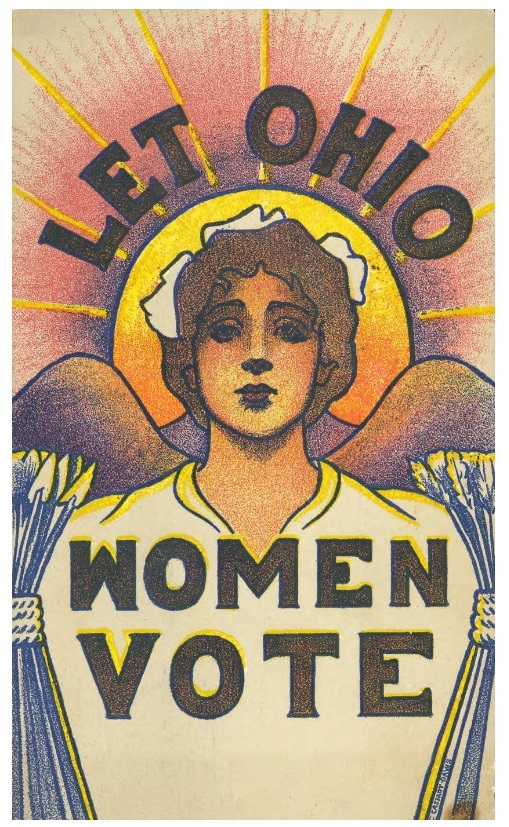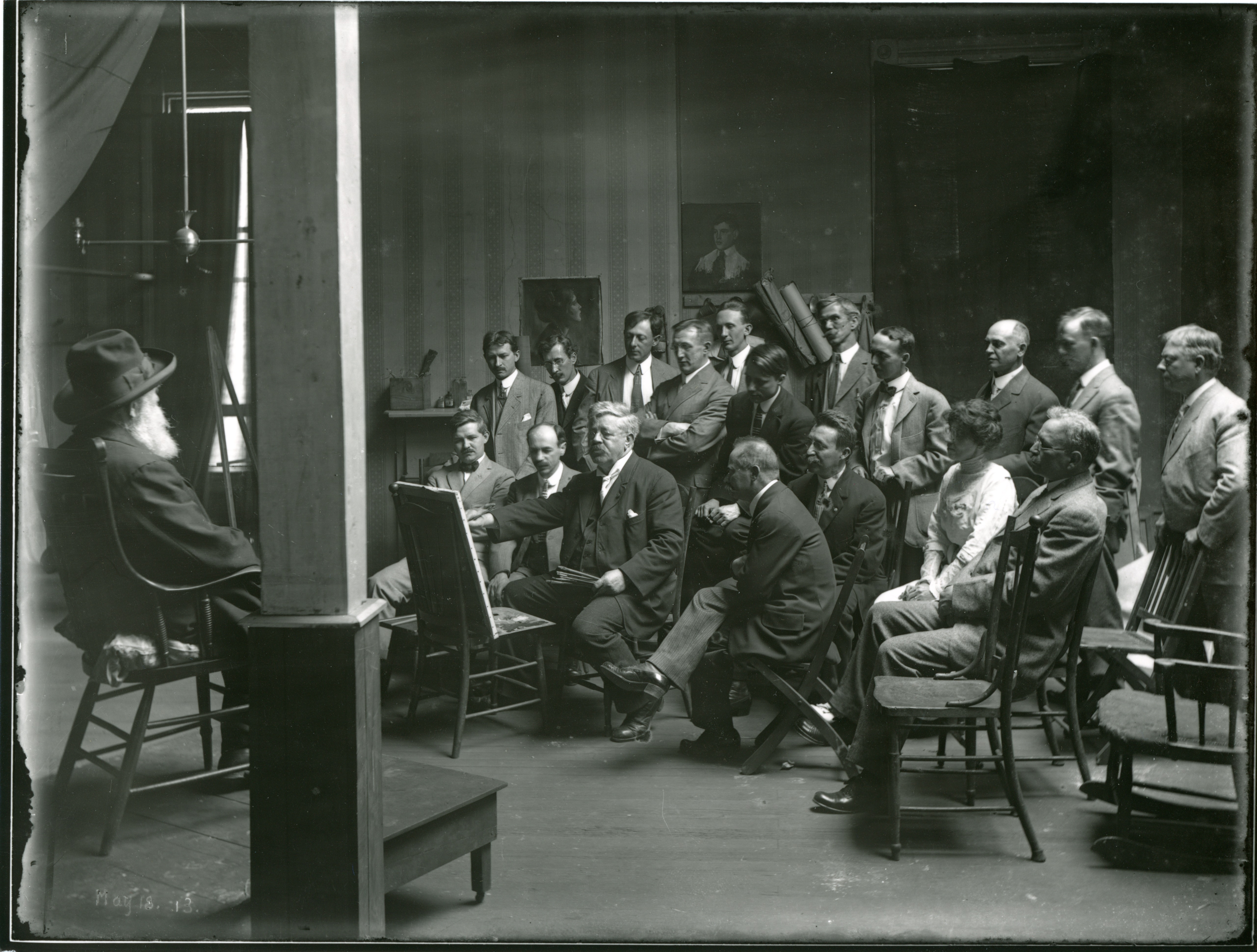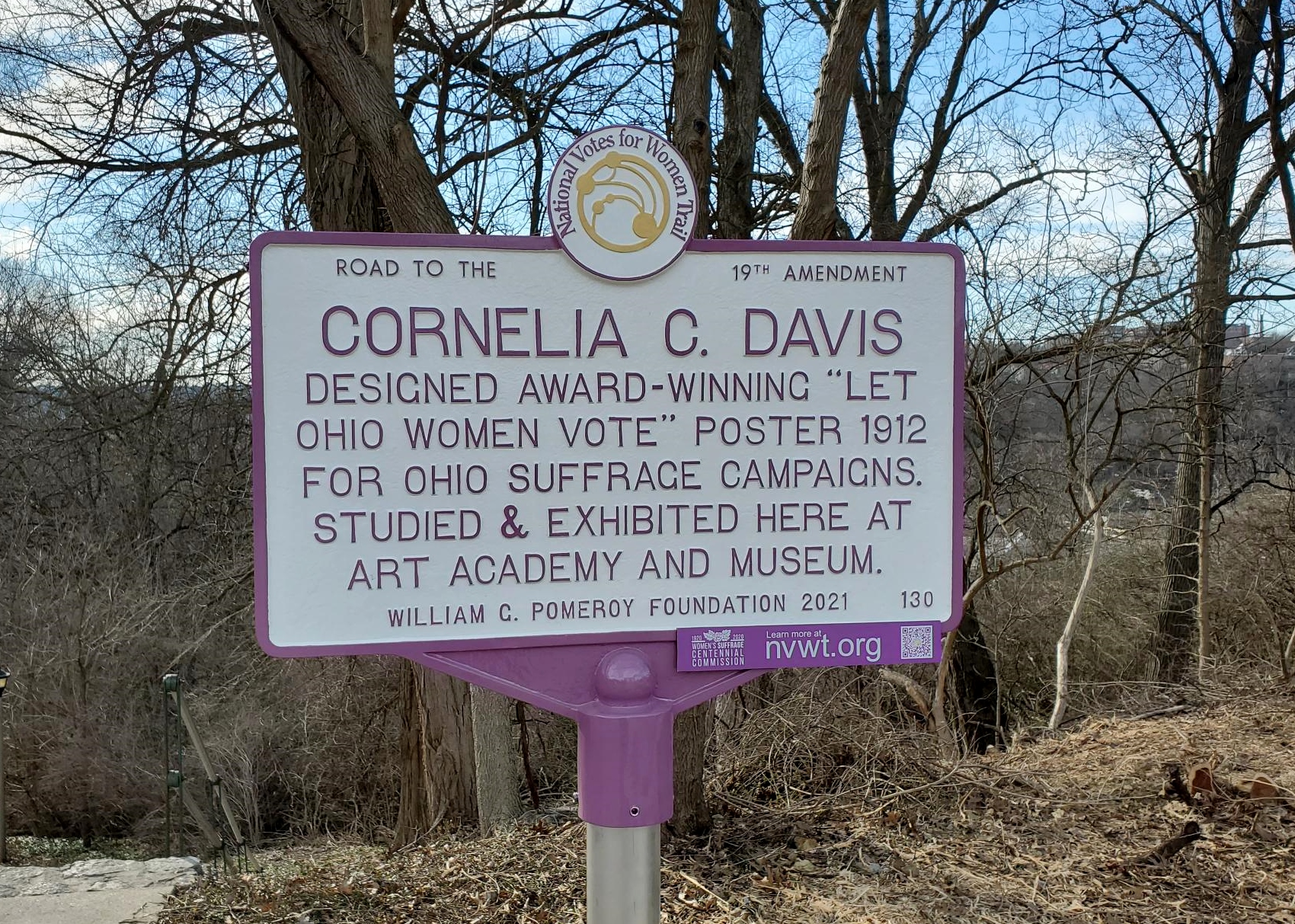- Art Home
- Exhibitions
-
Explore the Collection
- Explore the Collection Home
- African Art
- American Paintings, Sculpture and Drawings
- Contemporary
- Decorative Arts and Design
- East Asian Art
- European Paintings, Sculpture and Drawings
- Fashion Arts and Textiles
- Musical Instruments
- Indigenous American Art
- Photography
- Prints
- South Asian Art, Islamic Art and Antiquities
- Conservation
- Meet the Curators
- Digital Resources
- Events & Programs Home
- Calendar
- Accessibility
- Adults
-
Families & Teens
- Families & Teens Home
- 10x10 Teen Art Expo
- Art on the Rise
- Art Together: Art Making for Families with Children Ages 3–5
- Baby Tours
- Boy Scouts / Girl Scouts
- CAM Kids Day
- Choose Your Own Gallery Adventure
- Family Storytime and Gallery Walk
- Family Studio: Art Making for Families with Children Ages 6–12
- REC Reads
- Rosenthal Education Center (REC)
- See Play Learn Kits
- Summer Camp
- Teachers
- Community Outreach
- Fundraisers
- Plan Your Own Event

- Art Home
- Exhibitions
-
Explore the Collection
- Explore the Collection Home
- African Art
- American Paintings, Sculpture and Drawings
- Contemporary
- Decorative Arts and Design
- East Asian Art
- European Paintings, Sculpture and Drawings
- Fashion Arts and Textiles
- Musical Instruments
- Indigenous American Art
- Photography
- Prints
- South Asian Art, Islamic Art and Antiquities
- Conservation
- Meet the Curators
- Digital Resources
- Events & Programs Home
- Calendar
- Accessibility
- Adults
-
Families & Teens
- Families & Teens Home
- 10x10 Teen Art Expo
- Art on the Rise
- Art Together: Art Making for Families with Children Ages 3–5
- Baby Tours
- Boy Scouts / Girl Scouts
- CAM Kids Day
- Choose Your Own Gallery Adventure
- Family Storytime and Gallery Walk
- Family Studio: Art Making for Families with Children Ages 6–12
- REC Reads
- Rosenthal Education Center (REC)
- See Play Learn Kits
- Summer Camp
- Teachers
- Community Outreach
- Fundraisers
- Plan Your Own Event
Blog
Blog
- Home
- Plan Your Visit
-
Art
- Art Home
- Exhibitions
-
Explore the Collection
- Explore the Collection Home
- African Art
- American Paintings, Sculpture and Drawings
- Contemporary
- Decorative Arts and Design
- East Asian Art
- European Paintings, Sculpture and Drawings
- Fashion Arts and Textiles
- Musical Instruments
- Indigenous American Art
- Photography
- Prints
- South Asian Art, Islamic Art and Antiquities
- Conservation
- Meet the Curators
- Digital Resources
-
Events & Programs
- Events & Programs Home
- Calendar
- Accessibility
- Adults
-
Families & Teens
- Families & Teens Home
- 10x10 Teen Art Expo
- Art on the Rise
- Art Together: Art Making for Families with Children Ages 3–5
- Baby Tours
- Boy Scouts / Girl Scouts
- CAM Kids Day
- Choose Your Own Gallery Adventure
- Family Storytime and Gallery Walk
- Family Studio: Art Making for Families with Children Ages 6–12
- REC Reads
- Rosenthal Education Center (REC)
- See Play Learn Kits
- Summer Camp
- Teachers
- Community Outreach
- Fundraisers
- Plan Your Own Event
- Give & Join
- About
- Tickets
- Calendar
- Exhibitions
- Blog
- Shop
Historic marker recognizes suffragist Cornelia Cassady Davis
by Cincinnati Art Museum
3/21/2022
National Votes for Women Trail , Women's History Month , Women's Suffrage
On March 25, three historic markers will be officially unveiled in Cincinnati as part of the National Votes for Women Trail, sponsored by the National Collaborative for Women’s History Sites and the William G. Pomeroy Foundation.
These markers are dedicated to suffragists with connections to Cincinnati, including local artist Cornelia Cassady Davis (1868–1920). Noting her efforts on the road to the 19th Amendment, Davis’s marker can be seen by visitors at the top of the Elsinore steps off Eden Park Drive.
Her poster, “Let Ohio Women Vote," became an icon of Ohio’s suffrage campaign after it won first prize in a competition sponsored by the Cincinnati Woman Suffrage Party in 1912. By this time, Davis was a respected, widely exhibited painter and a prominent member of the local arts community.
Born in Cleves, Ohio, she had first come to Cincinnati in the mid-1880s to train at the Art Academy, where she studied on and off for the next decade. During this period, she also opened her own studio in Cincinnati and taught art at the Western Female Seminary in Oxford, Ohio.
In 1896, she married Edwin Davis, and they left for an extended trip through Arizona and New Mexico. For over a year, they explored the region and spent time living with members of the Moqui, Navajo, and Zuni nations, who allowed her to paint their daily life and rituals.
After brief spells in Chicago, Washington, D.C., and Kansas City, Davis returned to Cincinnati in about 1905, where she set up a new studio and began teaching private art classes. She also went back to the Art Academy to study under the renowned Frank Duveneck. Around 1913—soon after completing her competition-winning poster—David became the first woman to be admitted to the life class of the all-male Cincinnati Art Club. It was another 65 years before the club began accepting women members as a matter of course.
Other markers will be placed near Fifth Third’s headquarters on Fountain Square and in Walnut Hills in front of the Giminetti Baking Co. building, one block south of the Harriet Beecher Stowe House. Those markers represent Lucy Stone and husband, Henry Blackwell, who were prominent women’s rights and anti-slavery speakers; and Margaret Longley and husband, Elias, who advocated for abolition, equal rights and women’s suffrage through speaking appearances; their newspaper, Type of the Times; and their magazine, The Phonetic Magazine.
The trail seeks to recognize and celebrate the enormous diversity of people and groups active in the struggle for women’s suffrage. The trail consists of two parts: a database with digital map and a program of historic markers for about 200 women’s suffrage sites across the country.
Image captions:
Image 1: Postcard reproducing Cornelia Cassady Davis’ "Let Ohio Women Vote" poster (courtesy of OHIO History Connection)
Image 2: Cornelia Cassady Davis with the Cincinnati Art Club’s life class, led by Frank Duveneck, May 1913 (from the Mary R. Schiff Library & Archives, Cincinnati Art Museum)
Image 3: Cornelia Cassady Davis’ National Votes for Women Trail marker in Eden Park.
Cincinnati, OH 45202
Toll Free: 1 (877) 472-4226
Museum Hours
Museum Shop
Terrace Café
Library
The Cincinnati Art Museum is supported by the generosity of tens of thousands of contributors to the ArtsWave Community Campaign, the region's primary source for arts funding.

Free general admission to the Cincinnati Art Museum is made possible by a gift from the Rosenthal Family Foundation. Exhibition pricing may vary. Parking at the Cincinnati Art Museum is free.
Generous support for our extended Thursday hours is provided by Art Bridges Foundation’s Access for All program.

General operating support provided by:






